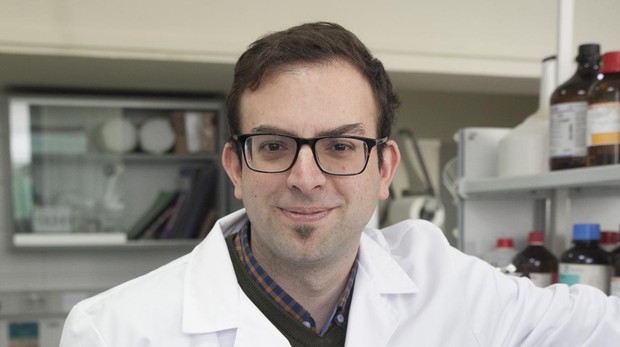RUDN University Chemist is the most cited scientist according to Highly Cited Researchers

About chemistry, ecology, the role of RUDN in science and how to become the most cited researcher and how to maintain this status - in an interview.
What is your research aimed at?
Together with colleagues from the Scientific Center "Molecular Design and Synthesis of Innovative Compounds for Medicine" of the Joint Institute of Chemical Research (JINR) I work in several interdisciplinary areas: research in the field of nanochemistry, catalysis, "green" chemistry and modern organic chemistry under alternative conditions (microwave and flow synthesis).
What are you planning to study in the future?
We are focused on several new and interesting directions. This is the concept of waste recycling for further use in pharmaceuticals and the synthesis of active pharmaceutical ingredients (APIs) under flow synthesis conditions. The first results have already been published.
What problems of modern science are you interested in?
We are investigating the valorization of biomass — the reuse of waste to produce valuable products (from nanomaterials to fuels, chemicals and APIs). Of course, we are concerned about the global problem - the pollution of the planet with plastic waste. I hope that in the coming years we will be able to solve this.
You are the director of the scientific center "Molecular Design and Synthesis of innovative compounds for Medicine" of the OIHU RUDN. Tell us, what is the mission of the center?
The Center conducts research relevant to the pharmaceutical industry. The latest methods for the synthesis of active pharmaceutical ingredients (APIs) are being developed — this will help create drugs that will fight coronary heart diseases, Parkinson's and Alzheimer's diseases.
What role does the RUDN University play in your research?
RUDN has always supported our initiatives, provided infrastructure and provided logistical support. Thanks to this, the scientific center for "Molecular Design and Synthesis of Innovative compounds for Medicine" has been conducting its advanced research for several years. Undoubtedly, the success of the center was made possible in many ways thanks to the participation and support of the RUDN.
Do you have any rules — how to maintain the status of a highly cited scientist?
This is a very good question! Honestly, no. But, obviously, we need to strive to continue to be a source of inspiration for colleagues. It is almost a duty to conduct research while maintaining a leading position in the scientific field. However, you must definitely continue to enjoy science and strive to be a benchmark in your field.
What advice can you give to young scientists on how to get on the list of the most cited researchers in the world?
The main thing is to be creative and offer innovative approaches in research. This ensures that your scientific papers will be read and quoted. And, perhaps, they will become a milestone in their field.
For reference:
Clarivate Analytics is an international database of scientific citations. 1% of the best works in the Web of Science database are the works of highly cited scientists. The ratio of all world scientists to highly cited ones is 1000 to 1.
Scientific Center for "Molecular Design and Synthesis of Innovative Compounds for Medicine" of the Joint Institute of Chemical Research (JINR) RUDN specializes in organic synthesis and medical chemistry.
The work of the center is aimed at:
- research activity in the field of synthesis of physiologically active azaheterocycles based on domino reactions of oxacarbenium ions;
- development of innovative methods and technologies for obtaining and studying vinyls of iminium ions and donor-acceptor cyclopropanes.
Goals:
- study and research of chemical compounds and search for ways of their rational and economical synthesis;
- search and analysis of previously unknown intermediates and physiologically active compounds with potential applications in the pharmaceutical industry.
Tasks:
Solving problems of chemistry of heterocyclic compounds, nitroalkanes, ionic liquids, surfactants, as well as searching for new, previously unexplored and unexplored PD sensors.
On 7 February, the second day of the conference, 16 round-table meetings were held simultaneously under the general theme “Modern trends in science and education: graduate competences in the age of artificial intelligence”.
From 19 to 23 November 2024, RUDN hosted the III International Scientific Conference ‘For the Sustainable Development of Civilisation: Cooperation, Science, Education, Technology’. The event gathered more than 2000 participants from 72 countries.
On 7 February, the second day of the conference, 16 round-table meetings were held simultaneously under the general theme “Modern trends in science and education: graduate competences in the age of artificial intelligence”.
From 19 to 23 November 2024, RUDN hosted the III International Scientific Conference ‘For the Sustainable Development of Civilisation: Cooperation, Science, Education, Technology’. The event gathered more than 2000 participants from 72 countries.